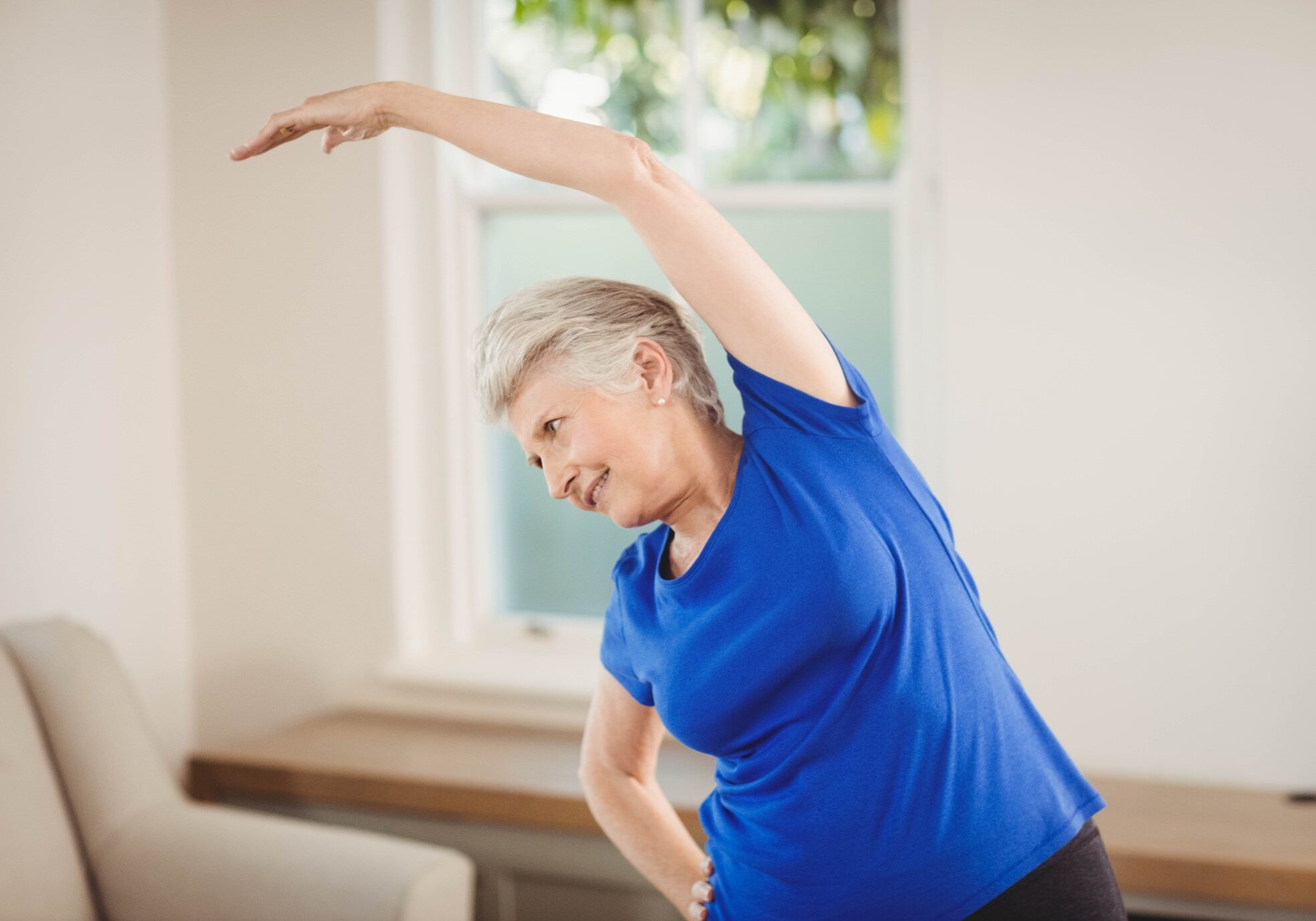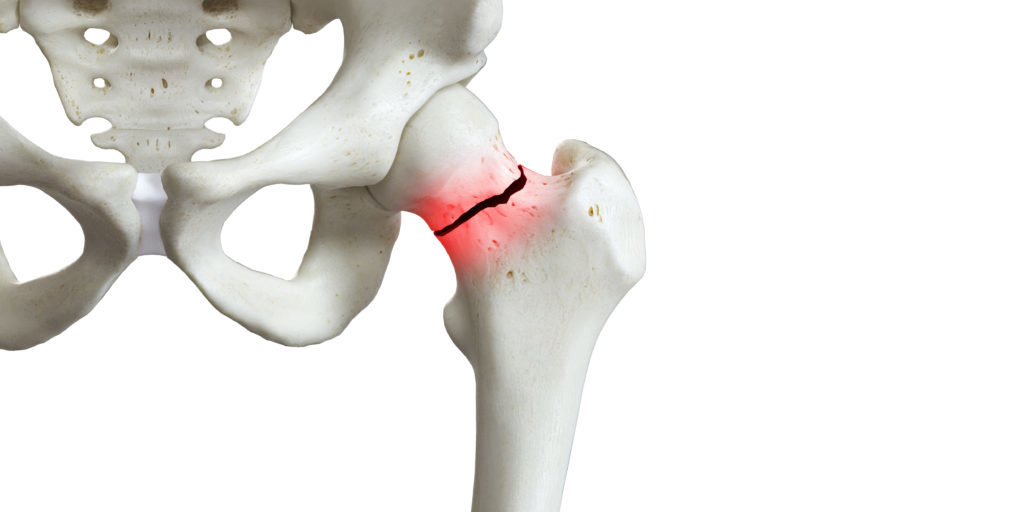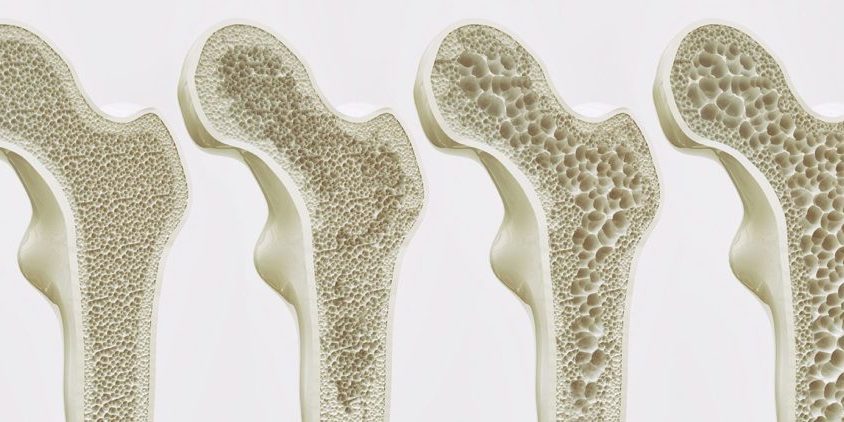A recent paper published in the British Medical Journal has revealed a significant 16 per cent reduction in fall rates, and a further 20 per cent reduction in the proportion of those who sustain an injurious fall, experienced by participants in the StandingTall programme.
StandingTall is a home-based, balance exercise training program app comprising exercises that aim to reduce a person’s risk of falling. The exercises focus on standing balance, targeted stepping, and step-up box exercises, delivered via a tablet computer in the participant’s home.
According to study lead at the Neuroscience Research Australia’s (NeuRa) Falls, Balance and Injury Research Centre, Professor Kim Delbaere, Sydney, the home-based programme is an effective, self-managed falls prevention program for older people living independently.
“This study has paved a promising path for implementing scalable falls prevention strategies.”
Falls are the leading cause of injury-related hospitalisation in people aged over 65,and account for four per cent of all hospital admissions in this age-group. One-in-three people over 65 years of age will experience a fall each year, with the risk of falling increasing with age. Globally, more than 37 million falls severe enough to warrant medical attention, occur each year. Moreover, each year an estimated 684,000 people die from falls worldwide, making falls the second leading cause of unintentional injury-related death.
The impact of falls is heightened among those living with osteoporosis. Given falls are preventable, the often very severe consequences of falls in the elderly, such as fragility fractures, loss of independence, and placement in care facilities, can actually be mitigated. The availability of accessible, affordable, evidence-based falls prevention programs for our rapidly ageing population, is therefore critical.
For older, community dwelling people, well-designed exercise programmes are among the most effective falls prevention strategies. At a population level, programme accessibility and adherence to such, are key to successful falls prevention. For this cohort, prior studies have demonstrated a preference for home-based exercises that include balance training.
Despite this preference however, higher levels of adherence have been documented with physiotherapist-led exercise programs, or those comprising moderate levels of practitioner home visits, which involve a substantial increase in costs, and reduce the feasibility of a population-based approach.
A distinguishing feature of StandingTall is the inclusion of behavioural change strategies that enhance exercise uptake, and long-term adherence, making this an ideal method for a population-based approach, that further minimises the financial implications of face-to-face programs. The embedded behavioural change techniques include a weekly scheduling calendar, goal setting tools, and educational factsheets.
StandingTall can also be easily integrated into clinical practice, offering healthcare professionals an efficient and cost-effective platform to deliver a tailored exercise programme to their patients.
According to Clinical Director of the Falls, Balance and Injury Research Centre at NeuRa, BMJ article co-author, Member of the APFFA Joint Steering Committee, and Co-Chair of APFFA’s Hip Fracture Registry Working Group, Professor Jacqui Close, Sydney, in 2019, 703 million people worldwide were aged over 65 years – a figure which is expected to more than double to 1.5 billion people by 2050.
“Lifestyle modifications, multidisciplinary interventions, and targeted prevention strategies will play a fundamental role in addressing the anticipated rise in osteoporosis incidence and related fragility fractures in the Asia Pacific and globally.
“StandingTall offers our ageing population a solution for maintaining their independence and quality of life, with minimal interaction required from healthcare professionals,” said Prof Close.
To learn more about the StandingTall app, head to www.standingtall.org.au.




